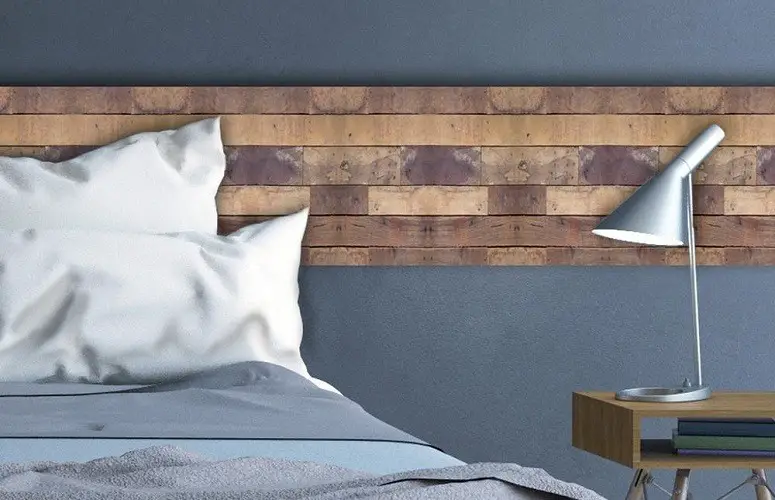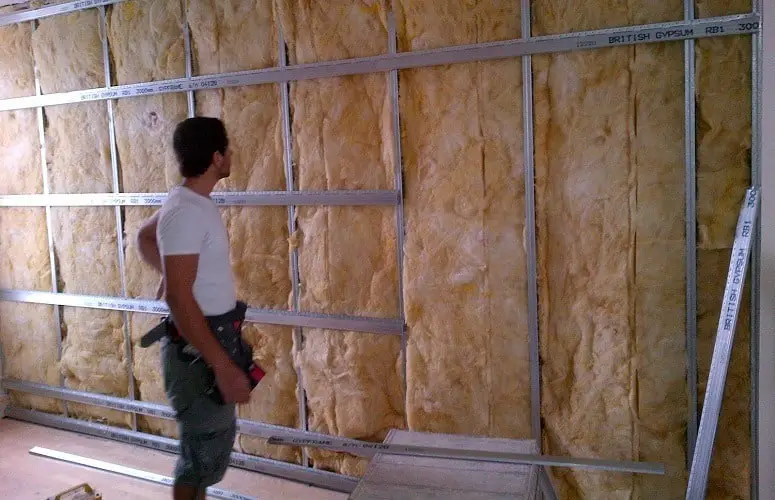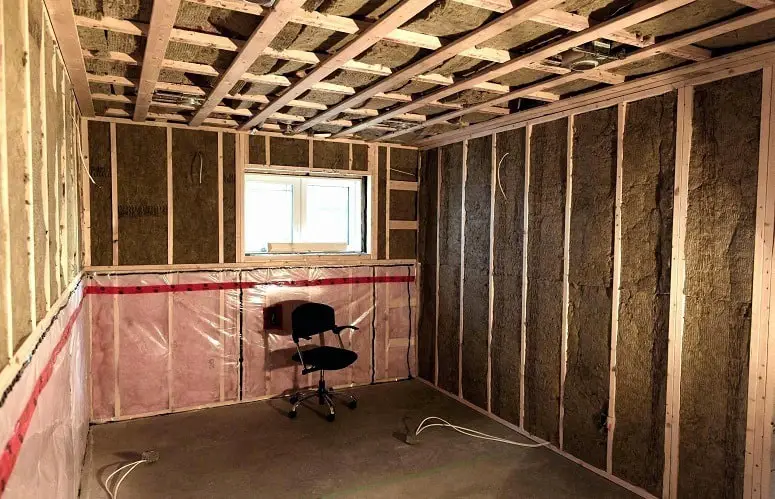If you are looking for a way on how to soundproof a room in your home, there are many aspects to consider.
First off, consider the ways in which you want to go about soundproofing a room. For most people, blocking out the external sounds is their main goal and going about soundproofing can be rather simple.
When starting out in soundproofing, the first thing you will want is to create an environment that absorbs any bit of sound.
Typically, a thick blanket covering the walls or area you want soundproofed can do the trick, but this is one of the cheaper methods. In order to really get the most out of a soundproof environment, some sort of sound absorbing foam usually can work better.
When using foam, you can buy a few tiles and place them on the wall or walls in the targeted soundproof area.
Using Foam Tiles

Using foam tiles on a wall provides a method to where the sound is absorbed instead of reflected. The downside of using foam tiles, and even a blanket, is that they only provide an acoustic treatment and not actual soundproofing.
In actuality, yes, using these types of equipment can drastically improve your overall sound, but using them to drown out footsteps or commotion in another room is not recommended.
With tiles, blankets, and other similar pieces of equipment, the true nature using those is to make the sound better inside of the room, not necessarily protecting it from outside noises.
If for example, someone runs a sweeper outside of the room or a neighbor mows their lawn, these noises will still be picked up. While foam tiles can be helpful, they do have their limits if actual soundproofing is the ultimate goal.
You should also learn how these quiet vacuum cleaners will help you with the silence.
Despite this, some people still stick with tiles and blankets while on a budget. However, foam titles or blankets are not an end-all solution and there are other methods. Sometimes people find that small closets or even home-made booths work well in these situations.
Smaller spaces can typically be preferred due to the absorption of sound and the fact that they are treated easier than larger spaces. This can also play a factor when budgeting out for a soundproof room.
Soundproof the Walls

The best way to soundproof a room is to make sure there is some sort of thick material, such as drywall, attached or in the walls; the denser the material the better it will be for soundproofing.
An important note is that the drywall does not necessarily need to be very big as 5/8” should work just fine. By sound proofing the walls, this will generally take up the majority of the area where sound is likely to enter from. Going about soundproofing the walls however will take a bit of work.
First, you will want to make sure that you have the space to put walls for soundproofing. In some instances, even a separator may be necessary between the actual wall and the soundproofing wall being assembled.
By having a new wall acting as a separator, this will significantly drown out any noise that is coming from the outside. Also, you will not want a window in the room you are thinking about soundproofing. In the separator, you will want to add some drywall to absorb the noise.
As the separator is being put together, you will want to carefully place your stud placement. The stud placement can vary from single to double rows, and are one of the better ways to help cancel noise.
Regular stud placements are not as widely recommended as they can allow sound to travel through much easier. While putting the separator together, it is a good idea to consider using sound clips which are placed on the studs. Sounds clips help take in most of the sound and can typically be screwed into the wooden studs.
Prior to putting in the second wall that will act as a separator, remove any prior drywall and replace it. Ensure that you remove all debris, a good vacuum cleaner can help with this. This also works with the ceiling as well to help pad noise from a higher floor or level.
When you put in the new drywall, you will want to place a damping compound and material such as fiberglass in the wall. Using foam tiles in this instance would not be recommended. Should there be any additional cracks or areas, make sure to caulk them as even the smallest spaces can cause issues.
Soundproof the Floor and Ceiling

While it is important to make sure the walls are taken care of, soundproofing both the ceiling and flooring is just as important. With this, you will want to make sure the rooms are as airtight as can be so that any sounds do not sneak their way into the room.
Using the same type of damping compound and fiberglass combination for the ceiling will work. If you have tile or a hard wood floor, adding a carpet to the floor will definitely help absorb any unwarranted noise.
Carpet itself is a natural absorber of noises so any extra padding you can use will help. Be sure to maintain the carpet with a good vacuum cleaner to reduce the chance of damage.
Acoustic Panels
Once the walls and ceilings are taken care of, the next thing you will want to do is add acoustic panels. While these are similar to the foam tiles, they provide a much better defense against noise in and outside the room.
The downside to acoustic panels is their cost, but in most instances paying a little more for these panels is better. They ultimately end up covering more room than their foam counterparts.
Discover why are vacuum cleaners so loud?
Conclusion
All in all, a soundproof room is the way to go if you are looking for a quiet room in your house or apartment. Do keep in mind that there is a difference between an acoustic treatment and an actual soundproofed room, even though both can offer their own advantages.
While the cost might be a little much for some, in the long run a soundproof room is highly recommended if you are spending a great deal of time recording your voice, music, or anything that may require a quiet space.
Resources
Declutter your home once and for all (Even if you have no time and don't know where to begin)! Learn More.


